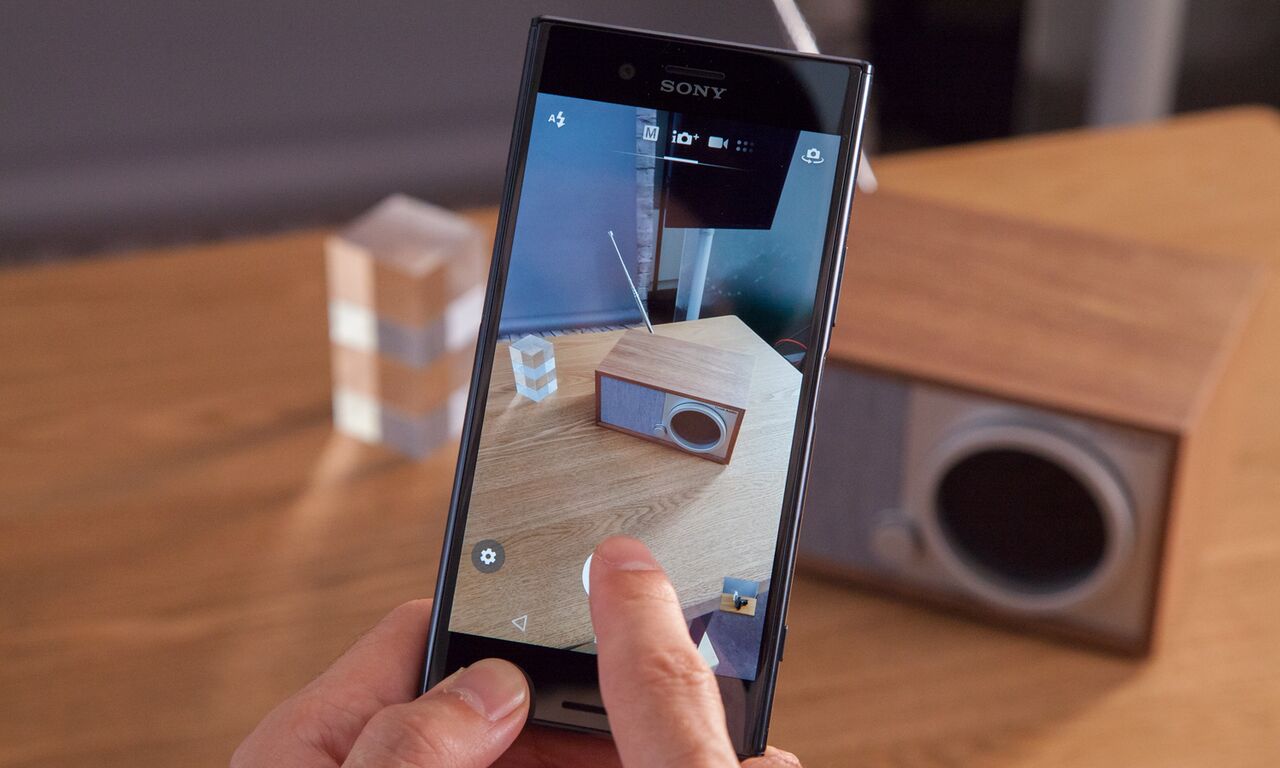Tom's Guide Verdict
The Xperia XZ Premium's 4K display and powerful performance are truly extraordinary, but so-so battery life and a dated design make it an also-ran.
Pros
- +
Gorgeous 4K HDR display
- +
Bright screen shows off lots of colors accurately
- +
Solid front- and rear-facing cameras
- +
Powerful performance
Cons
- -
4K content is limited at this stage
- -
No fingerprint sensor
- -
So-so battery life, compared to other flagships
- -
Super-slow-motion feature feels like a novelty
Why you can trust Tom's Guide
Sony's televisions and game consoles are incredibly popular, but its smartphones? Not so much. So the company went back to the drawing board with this year's model. The result, the $800 Xperia XZ Premium, combines the best of Sony's Bravia TVs and its PlayStation console. The XZ Premium has a brilliant 4K HDR display and powerful performance that supports even the most graphics-intensive gameplay. Unfortunately, despite all of those high-end features, the XZ Premium falls short compared to other flagships.
Design: Stunning but square
The deep black XZ Premium I tested is a 6.1 x 3 x 0.3-inch replica of the Monolith from Stanley Kubrick's classic 2001: A Space Odyssey— a tall, slightly forbidding rectangle with smooth edges. Unlike the Monolith, the XZ Premium is coated with Gorilla Glass 5 from front to back, so I often used the phone as a mirror to check my teeth after meals. (Everything bagels are the greatest bagels, but their seeds are tiny dental minefields.)
The XZ Premium cuts an imposing figure, but it's not the most comfortable phone to hold. Sit down the wrong way with this phone in your pocket — if it'll even fit — and its sharp edges will jab you in the leg. The glass coating over deep-black anodized aluminum is stunning, to be sure. But that design is also a magnet for fingerprints; I spent more time than I want to admit carefully buffing away grease. The XZ Premium is also available in chrome and bronze pink, which are less prone to smudges.
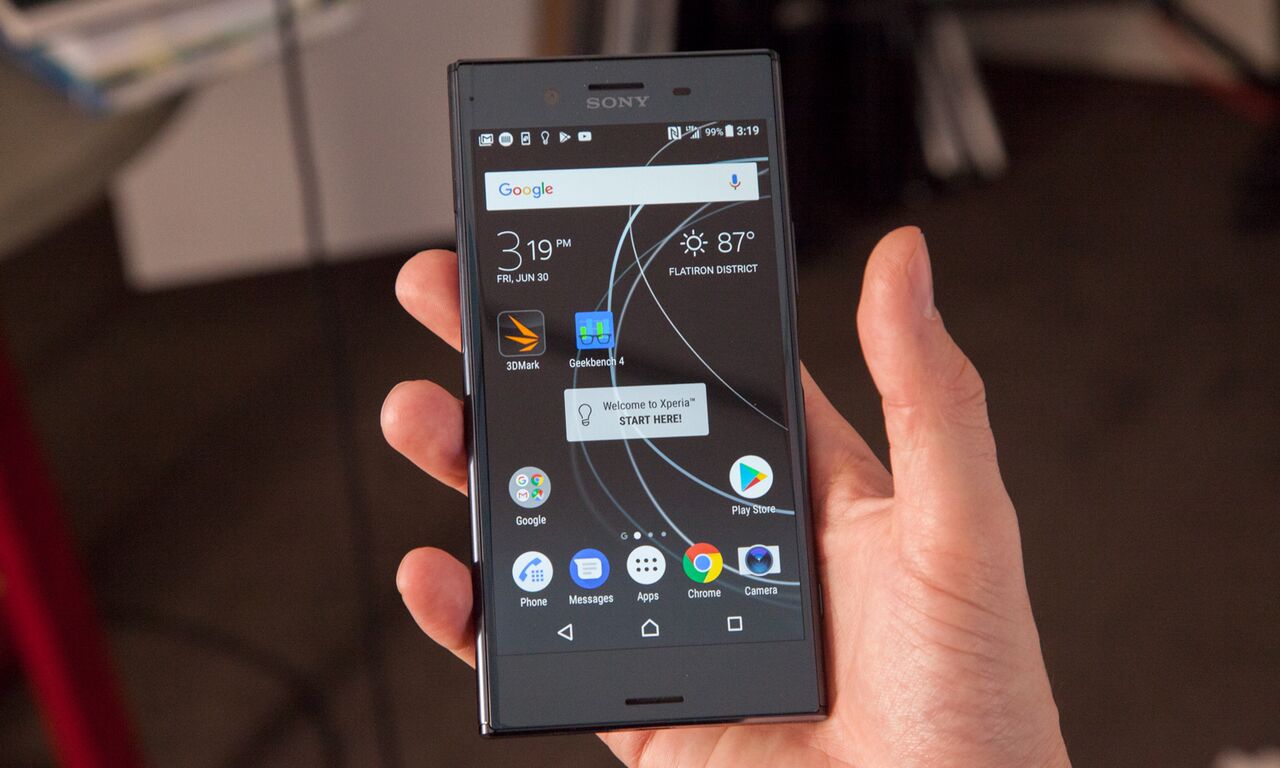
The XZ Premium's size translates into heft. At 6.8 ounces, this phone is close to a half-pound, which is bananas in the age of light and thin devices. Samsung's Galaxy S8 and LG's G6 weigh 5.5 and 5.75 ounces, respectively, despite their extended screens.
That said, I didn't really mind the size or shape of the phone. But after a few days of use, I wondered: With 6.1 inches to work with, why did Sony go with a 5.5-inch LCD screen? The XZ Premium's bezels are so thick, it seems like Sony reached back into the design archives rather than brainstorm what a future-proof phone should look like. The bottom bezel in particular is a desolate wasteland, with not so much as a fingerprint sensor to make use of all that space.
4K Display: Sony's standout feature
The XZ Premium is the first 4K HDR smartphone on the market. That doesn't mean a whole lot in the real world, where 4K HDR content is still rare (though the amount of HDR content for smartphones is growing), but XZ Premium holds its own when it comes to color range, accuracy and clarity of detail.
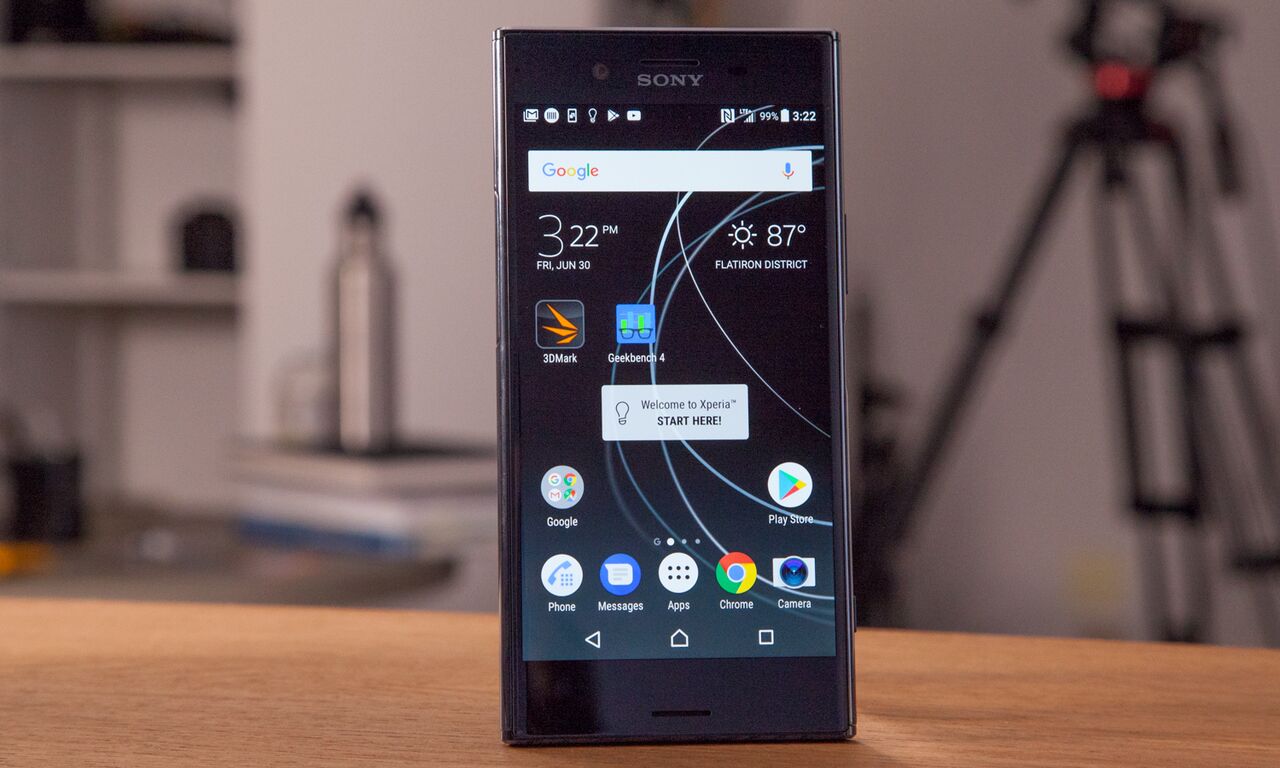
The 5.5-inch display covers 148.6 percent of the sRGB spectrum, which is slightly lower than rival Android flagships like the Galaxy S8 (183 percent) and Google's Pixel XL (191 percent). The OnePlus 5 blows them all away with its 220 percent range, but the XZ Premium has the best color accuracy, with a 0.26 Delta-E rating. (Numbers closer to zero are better.) The S8 is close behind, with 0.28.
The XZ Premium's peak brightness of 459 nits also crushes competing flagships, and that brightness came in handy when I was surfing the web and taking photos on the beach in mid-day. The OnePlus 5 is a comparatively dim 394 nits, while the S8 comes closer to matching the XZ Premium's brightness, at 437 nits.
But where the XZ Premium is really trying to shine is with its 3840 x 2160 resolution for displaying 4K, high-dynamic-range content. This is all the rage in TV land, and Sony is bringing it to the palm of your hand.
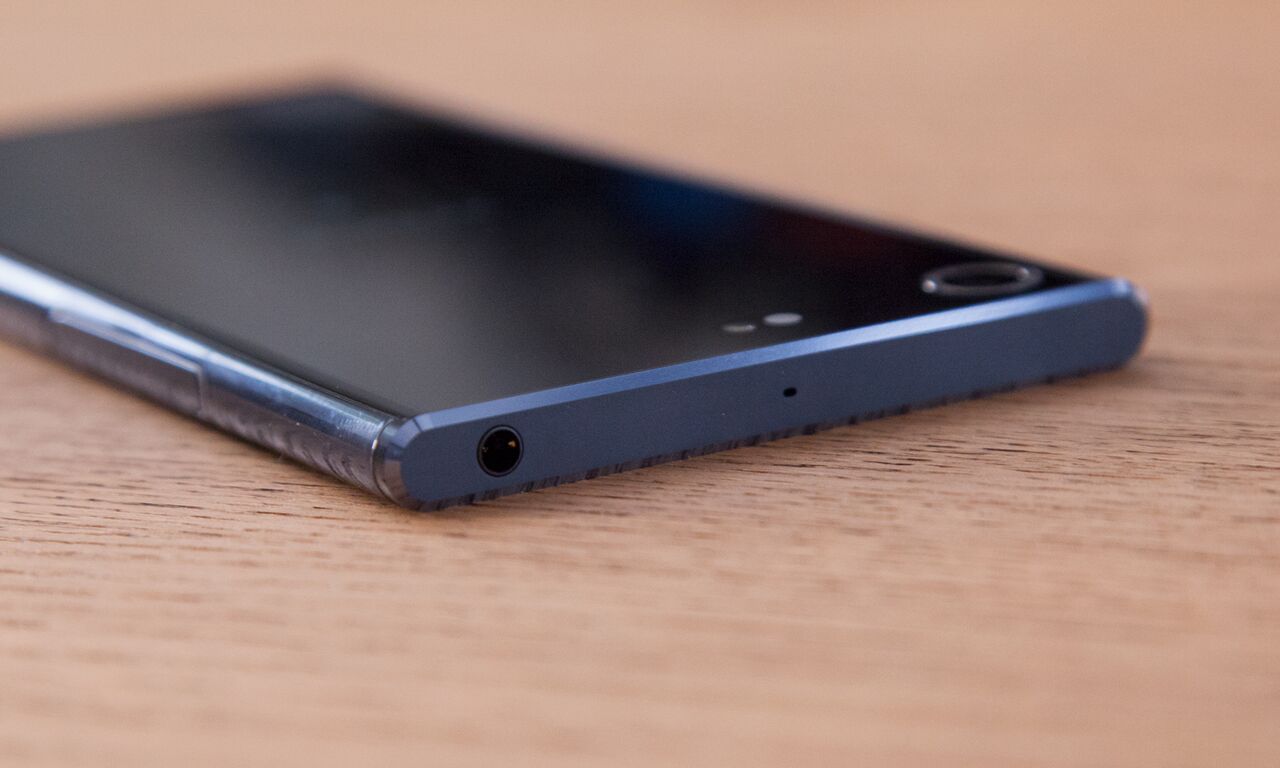
Sony recognizes that 4K HDR videos aren't exactly commonplace (yet), but Amazon Prime Video is one place you can stream them. The bad news: Getting to Amazon's HDR shows is damn-near impossible. Sony spotlights Amazon Prime Video in the Xperia Lounge app it preinstalls on your device, but because Prime Video isn't available to download in the Google Play Store, you have to go through an arduous process to side-load the app onto your phone.
But there is some good news: Amazon's HDR shows look insanely good when you stream them on the XZ Premium. I stumbled into Zelda Fitzgerald’s Southern summer adventures in Z: The Beginning of Everything, in which the trees were a brilliant green, every character's eyes sparkled and Zelda's lipstick was a perfect shade of crimson. I don't often stream shows to a small smartphone screen, not when I have a 50-inch TV at my disposal, but the XZ Premium sucked me in.
Camera: Solid shooter, but super-slow-mo video is a gimmick
The XZ Premium's 19-megapixel rear camera is the phone's other marquee feature, so I put it to the test under the most terrible of shooting conditions. I took the phone out to a beach in ultrabright daylight with sand and water threatening to ruin any good shots, followed by a July 4 fireworks show marred by streetlamps and crowds. I compared the XZ Premium's stills to shots from an iPhone 7 Plus produced under the same conditions, relying on both phones' automatic modes because we wanted an out-of-the-box comparison.
The XZ Premium's camera captured some stunning photos, particularly during the fireworks show. Fireworks are notoriously difficult to capture, but compared to the iPhone 7 Plus, the XZ Premium's shots were crisper and clearer. The XZ Premium's camera even created a neat glare effect from a streetlamp that I didn't expect to love but did.
The camera's wide lens resulted in more expansive beach images that seemed to capture a wider range of color than the iPhone's camera did. Like the iPhone, the XZ Premium is water-resistant, not waterproof. If there's a downside, it seems to come from Sony's photo-processing software: Every detail is just a little too crisp, particularly in nighttime shots, and this creates noise that the iPhone 7 Plus' images don't exhibit.
Sony touts the XZ Premium camera's super-slow-motion video feature as one of the phone's star attractions, and it sounds incredibly cool on paper. The phone's camera can capture action at 960 frames per second, far slower than any competing device. The Galaxy S8's slow-motion mode can shoot 240 frames per second, to compare.
In practice, though, this super-slo-mo feature is more of a novelty than a useful tool in your photography kit. First, you have to make sure that the action you're capturing is fast enough to make super slo-mo worth the effort. When I toggled on that video setting for crashing waves and fireworks, the resulting videos were seconds-long clips of almost imperceptible action. Speeding cars or darting hummingbirds would be a better scenario, but how often do you come across those in your daily life?
What's worse is how Sony implements the feature, requiring you to open the Camera app, swipe over to the video camera and select the super-slow-motion icon to the right of the record button. You have to start recording a video before activating the slo-mo, because the XZ Premium's camera captures just 0.18 seconds of super-slow-motion video before reverting back to normal. You can imagine situations in which that would look super cool, but they don't happen often. Super slow motion downgrades your video resolution to 720p, making it even clearer that this feature doesn't make the XZ Premium a compelling purchase.
The 13-MP front camera takes excellent selfies, as you would expect from a high-end smartphone. There's even a skin-softening effect, which is a more subtle version of Snapchat's beauty filter. It made my freckles a little less obvious.
Performance: Everything you could ever want
Sony beefed up the XZ Premium with Qualcomm's Snapdragon 835 processor to compete with other Android flagships like the Galaxy S8, HTC's U11 and the OnePlus 5, which are also powered by this mobile CPU. I put that powerful chip to work as I cruised around opening apps with abandon, browsed the web, and streamed and played games to my heart's content. The XZ Premium didn't stutter once.
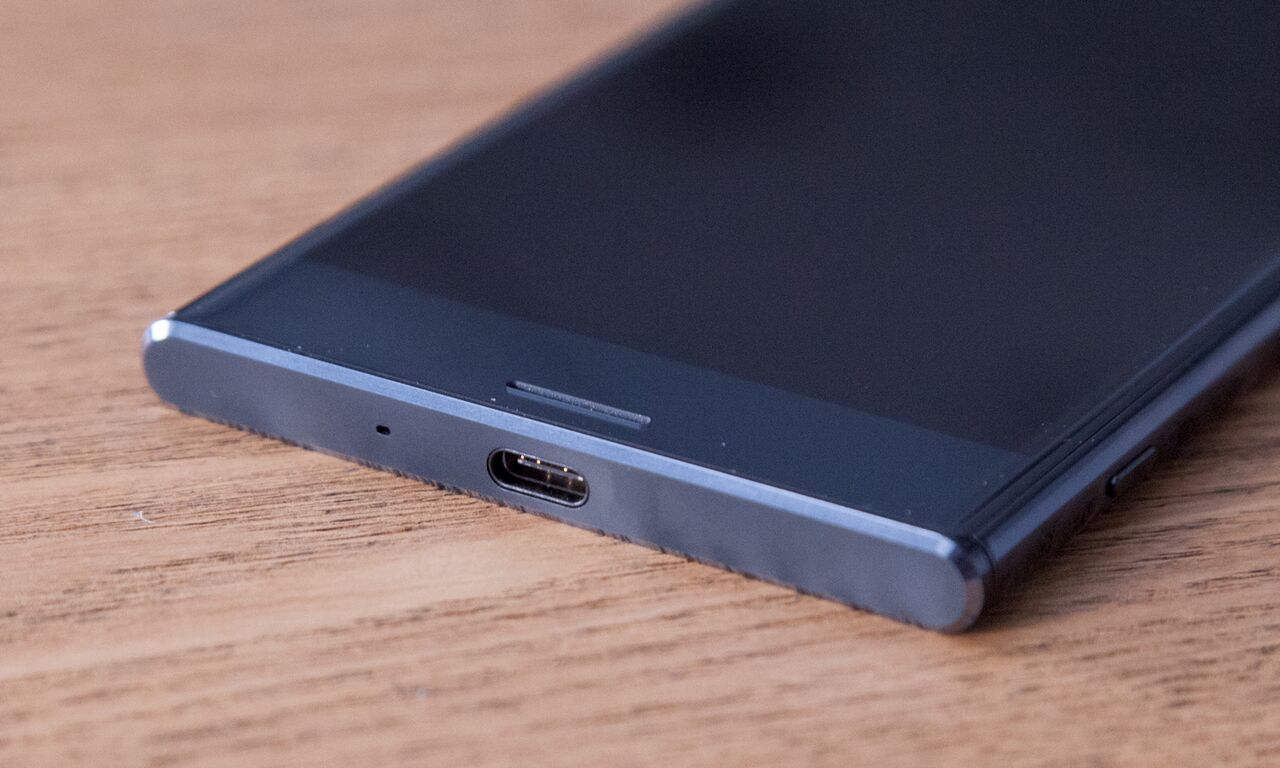
In Geekbench 4's test of overall system performance, the XZ Premium scored an impressive 6,206, besting both the Galaxy S8 (6,295) and Google's Pixel XL (4,146) (which uses last year's Snapdragon 821 CPU). Only the OnePlus 5 is more powerful, scoring 6,542, thanks to the 8GB of RAM on our review unit of OnePlus' phone. (The XZ Premium ships with a comparatively modest 4GB of RAM.)
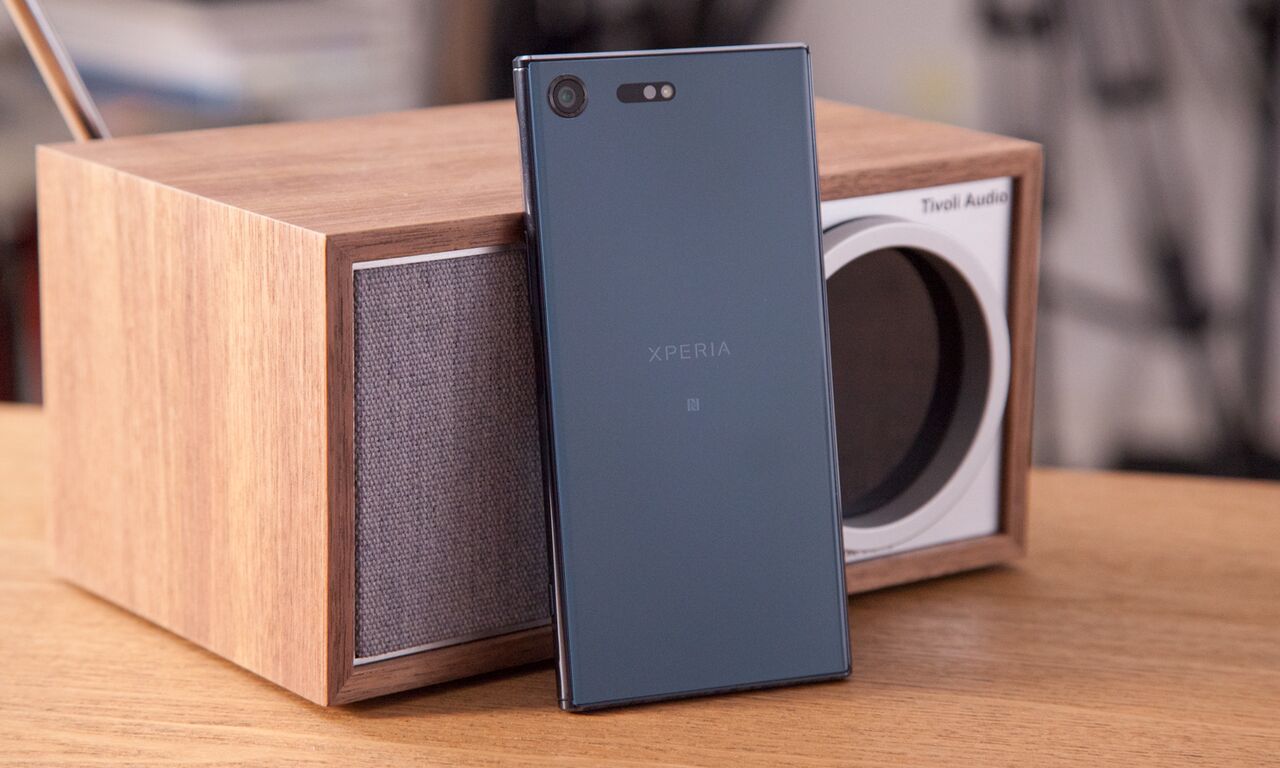
The XZ Premium offers reasonably speedy web-browsing performance, with a score of 70.04 on the JetStream 1.1 JavaScript test. The Galaxy S8 scored 70.26, so you can expect comparable performance on Sony's device.
In 3DMark's Ice Storm Unlimited graphics benchmark, the XZ Premium scored 40,102, proving it can churn through demanding games like they're going out of style. As one might expect from a Sony device, a processor-intensive shooter like Modern Combat 5 played silky smooth without a glitch to be seen.
Battery: Nothing to brag about
The XZ Premium's battery certainly sounds impressive: 3,230 mAh with support for Qualcomm's Quick Charge, which juices up your battery in just minutes, and a Smart Stamina feature that kicks in to disable nonessential functions when battery life dwindles to 15 percent.
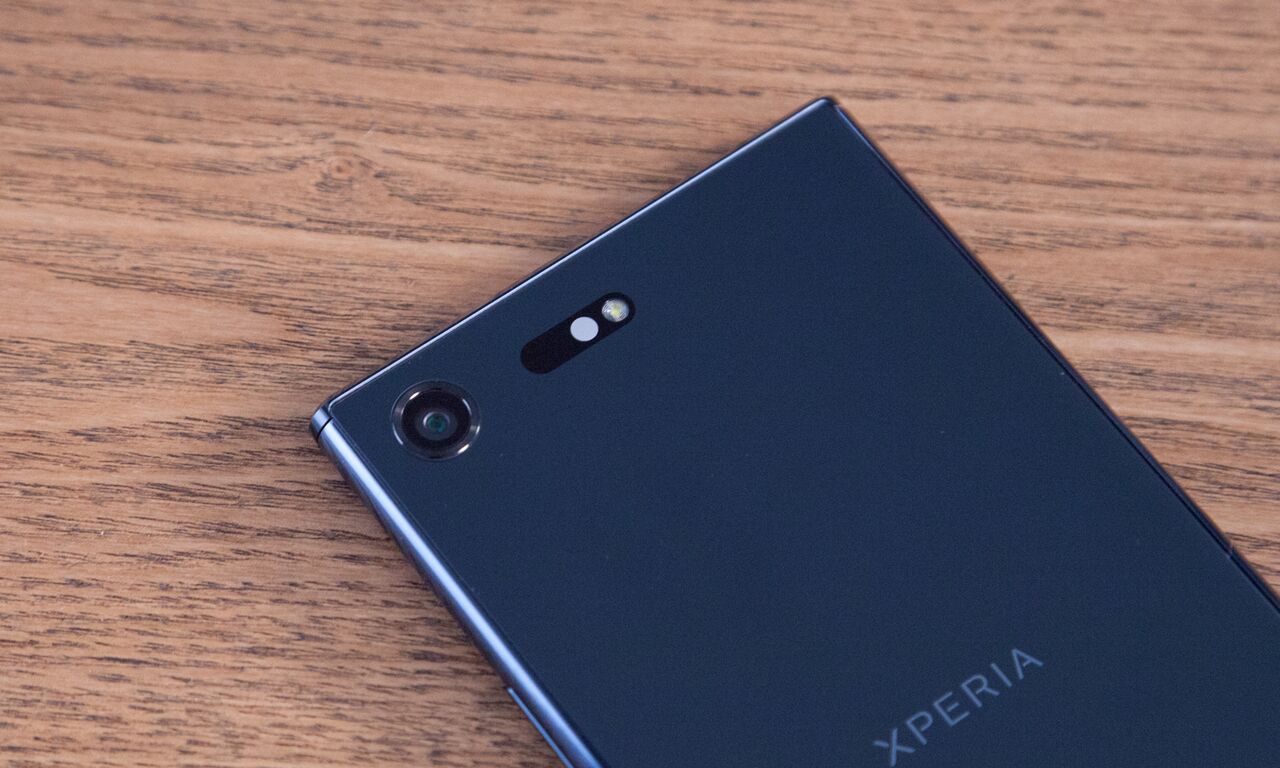
But in the Tom's Guide battery test (continuous web surfing over T-Mobile's LTE network), the Premium XZ lasted just 9 hours and 22 minutes. To compare, other flagship Android phones push their batteries to the limit: The Galaxy S8+ lasted 11:04, while Google’s Pixel XL lasted 11:11, and the OnePlus 5 slayed the competition by lasting 13:06. But the superfast charging worked as promised—my battery went from 15 percent to 75 percent in no time at all.
MORE: Smartphones with the Longest Battery Life - Tom's Guide
Software: Standard Android, with a few annoying extras
Sony's new flagship ships with Android Nougat, as you would expect from a phone at this price. Google Assistant, faster app switching and split screen — these are all solid features, and Sony doesn't layer much on top of it.
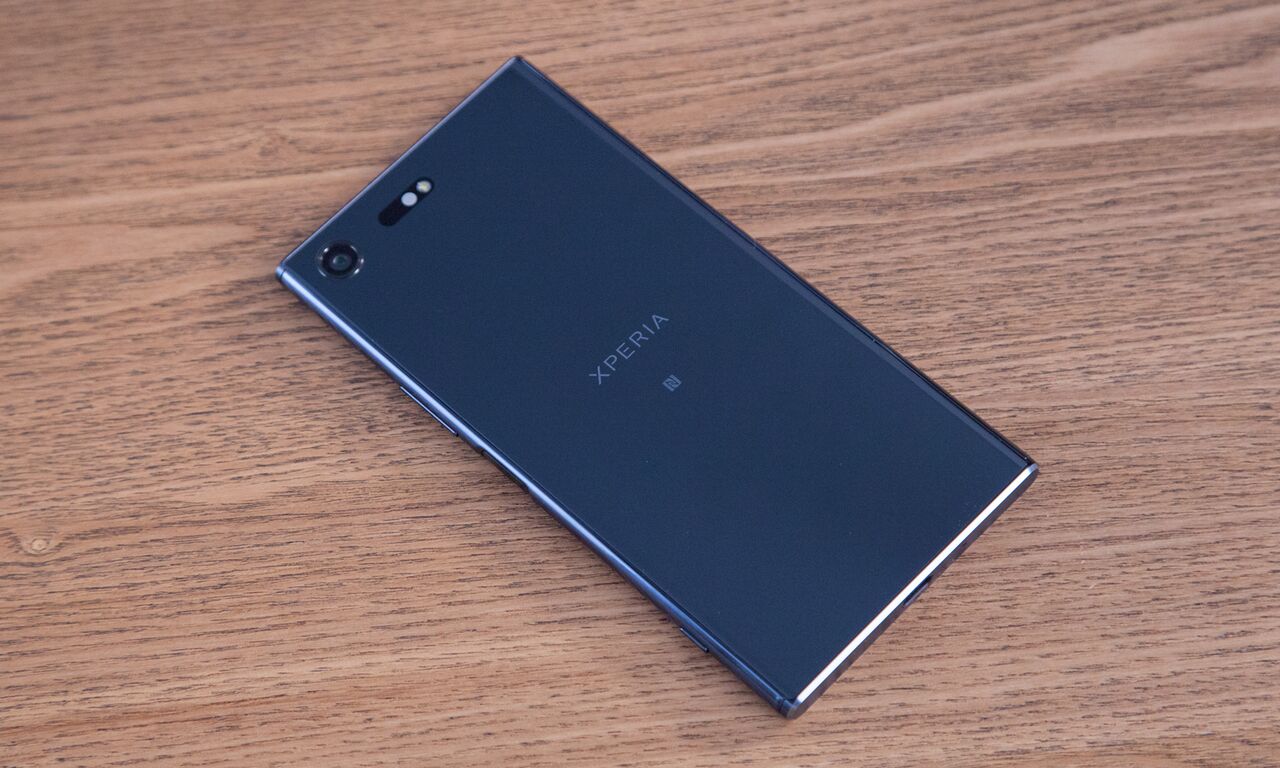
Sony does preinstall a slew of apps, like Facebook, Spotify, Amazon Shopping, a sketching app and something called Xperia Lounge, which is a bizarre hybrid of games, apps, and exclusive content from musicians and filmmakers. You can even sign up for raffles to win prizes. It's all so unnecessary.
Bottom Line
The Xperia XZ Premium proves Sony is trying to push the boundaries of what a good Android phone can be. But future-proofing the display, camera and performance for innovation down the line doesn't do much good in the present. A 4K HDR smartphone with a super-slow-motion camera sounds so, so cool. In reality, like all the extra apps Sony puts on the XZ Premium, the device's marquee features feel more like window dressing than essentials.
Compare that experience to using the Galaxy S8 or LG G6, which both feature extra-wide displays that make viewing and creating content a more immersive experience. That's the kind of mobile innovation that feels more essential and less like a tacked-on bonus. Considering that those phones both cost less than the Xperia Premium XZ — significantly less in the case of the G6 — it's hard to justify the Sony phone's $800 price tag, unless you've been clamoring for super slow motion.
Credit: Shaun Lucas/ Tom's Guide
Caitlin is a Senior editor for Gizmodo. She has also worked on Tom's Guide, Macworld, PCWorld and the Las Vegas Review-Journal. When she's not testing out the latest devices, you can find her running around the streets of Los Angeles, putting in morning miles or searching for the best tacos.
-
Craig_81 My XZ premium has a finger print sensor.Reply
The battery i can get over 24 hours without charging.
There is plenty of 4K content out there. Amazon has plenty. -
Nivek70s Agreed, so does my xz premium. This article should be torn down or heavily revised as it's genuinely misleading!Reply -
Robsmall This reviewer obviously has a beef against Sony. Maybe didnt get money from them. The xz premium is an awesome phone. Unique and professional design. It doesn't follow the iphone/Samsung design which is good. The slow move camera feature is not a gimmick... It's fun and offers video feature not found anywhere else.Reply -
kitsVA The review should say US model has fingerprint sensor disabled. Battery life is adequate in an era where everyone has easy charging access. Phone has style and build quality that should appeal to many who don't care about infinity screensReply -
Steven J81 Wow you are a hard man to please!! It has 4k HDR display which is a world's first, 960 FPS super slow motion, again a world first and the reason it has bezels is to accommodate front facing stereo speakers & 4x4 MIMO helping it achieve up to 1gbs download speeds.. again a world first. My battery is excellent in real world scenarios. 7/10?? On your bike mate.Reply -
Ashley_98 If bezels means front firing stereo speakers then what's more important for you? Speakers for me.. plus they make mirrors so even better at least on my chrome version, also no article ever mentions the hires audio support which is making mp3 redundant.Reply -
Aly_Mir Nothing can save Sony from reviewers like you as it does not have the name, Apple or Samsung (which are clearly the standards, which is absurd already as industry needs more competition). From the title to the review itself and video, you have just the negatives to count which isn't clearly the case with other phone reviews on this site.Reply
It is a fun, future proof, snappy, not-soap like phone which ticks all the boxes and is going to work smoothly over time without any memory issues (Apple-prone) or UI-lags (Samsung-prone). -
Steven_194 Another review site that Sony refused to pay off. Misleading, should be illegal. It's the best phone on the market.Reply
